Interview with Wallace K. Lightsey
As heard on “South Carolina Business Review” with Mike Switzer
Broadcast March 29, 2007
In January, the U.S. Supreme Court issued a decision that could have profound implications for patent holders and patent licensees.
The Change in the Law
Previously, one who entered into a license agreement with a patent holder was held to lack standing to challenge the validity or enforceability of the patent (or otherwise litigate issues regarding whether its activities infringed the patent), unless he first breached or terminated the license. See Gen-Probe Inc. v Vysis, Inc., 359 F3d 1376 (Fed. Cir. 2004). The logic of this rule was that as long as a license existed, there was no justiciable “case or controversy” between the parties. This rule in turn relates to a constitutional restriction on the jurisdiction of the federal courts, which limits them to deciding only live controversies between the parties. In the Gen-Probe case, the Court of Appeals for the Federal Circuit held that there was no actual “case or controversy” regarding the validity of a patent if the challenge was brought by a licensee who was in good standing under the license agreement. Thus, after entering into a patent license agreement, a licensee who subsequently wanted to challenge the validity of a patent (for example, because of new factual information or legal developments) would have to first terminate or violate the license and face exposure to a suit for damages and injunctive relief. Needless to say, this was a risk that few businesses were willing to take.
In Medimmune, Inc. v. Genetech, Inc. (January 9, 2007), the Supreme Court overturned this rule. In that case Medimmune was the licensee of a pharmaceutical patent, and disputed whether that patent covered a particular Medimmune drug called Synagis.® If it did, then Medimmune would owe certain royalty obligations under the license; if it did not, Medimmune would have no such obligations. However, because sales of Synagis® represented 80% of Medimmune’s business, it did not want to risk losing the ability to produce the product if the patent applied to it. Therefore, Medimmune made the royalty payments under protest and brought a declaratory judgment action in federal court to determine whether the patent applied. The federal district court dismissed the lawsuit, finding that under the Gen-Probe rule, as long as Medimmune was in good standing under its license, there was no “case or controversy.” The Court of Appeals for the Federal Court affirmed.
In an 8-1 decision, the Supreme Court reversed, overturning the Gen-Probe rule and holding that “[t]he rule that a plaintiff must destroy a large building, bet the farm, or (as here) risk treble damages and the loss of 80% of its business, before seeking a declaration of its actively contested legal rights, finds no support in [the United States Constitution].” The Supreme Court explained that Medimmune’s payment of royalties on sales of its Synagis® drug was coerced by its fear of exposure to liability for infringement of the patent. The Supreme Court decided that coercion of the royalty payments, made under protest, was sufficient to preserve Medimmune’s right to challenge the validity of the patent. Thus, the Court ruled that the district court had jurisdiction to hear Medimmune’s case challenging the patent without Medimmune’s having first to breach or repudiate the license.
Opportunities for Patent Licensees
The Medimmune decision may create significant opportunities for companies that make substantial “going forward” license payments under issued patents (for example, annual or per-unit royalty payments). Such firms may now be able to raise challenges to the validity of the patents without risking an adverse finding of infringement or a disruption of their ability to practice the patented technology, and may be able to bring the challenge in a forum of their own choosing.
The ability to raise such challenges may take on even greater importance when the Supreme Court announces its decision in another patent case, KSR v. Teleflex, which is expected later this spring. If, as most commentators predict, the Supreme Court announces a significant change in the law governing the standard for “non-obviousness” that patents must have, it would raise serious questions as to the validity of thousands of issued patents. At the very least, a licensee’s ability to bring a declaratory judgment action under the Medimmune decision that could raise such issues may well force many patent holders to renegotiate their licenses. And under Medimmune, the licensee is clearly in a much better bargaining position than it was before, because it does not have to face the threat of liability for violating the patent — it can make royalty payments “under protest” and still challenge the patent.
This information is provided by Wyche for general and educational and informational purposes only and is not intended and should not be construed as legal advice tailored to your particular company or circumstances. We will be pleased to discuss with you in detail how any of the general information discussed may apply to your particular company or circumstances. Please contact our firm for more information.






